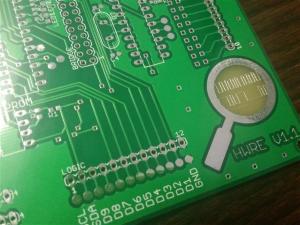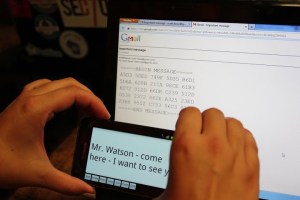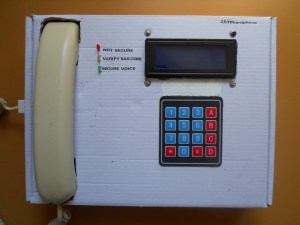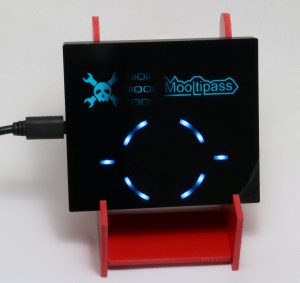Six months ago we challenged you to realize the future of open, connected devices. Today we see the five finalists vying for The Hackaday Prize.
These five were chosen by our panel of Launch Judges from a pool of fifty semifinalists. All of them are tools which leverage Open Design in order to break down the barriers of entry for a wide range of interests. They will have a few more weeks to polish and refine their devices before [Chris Anderson] joins the judging panel to name the winner.
Starting on the top left and moving clockwise:
ChipWhisperer, an embedded hardware security research device goes deep into the world of hardware penetration testing. The versatile tool occupies an area in which all-in-one, wide-ranging test gear had been previously non-existant or was prohibitively expensive to small-shop hardware development which is so common today.
SatNOGS, a global network of satellite ground stations. The design demonstrates an affordable node which can be built and linked into a public network to leverage the benefits of satellites (even amateur ones) to a greater extent and for a wider portion of humanity.
PortableSDR, is a compact Software Defined Radio module that was originally designed for Ham Radio operators. The very nature of SDR makes this project a universal solution for long-range communications and data transfer especially where more ubiquitous forms of connectivity (Cell or WiFi) are not available.
ramanPi, a 3D printed Raman Spectrometer built around a RaspberryPi with some 3D printed and some off-the-shelf parts. The design even manages to account for variances in the type of optics used by anyone building their own version.
Open Source Science Tricorder, a realization of science fiction technology made possible by today’s electronics hardware advances. The handheld is a collection of sensor modules paired with a full-featured user interface all in one handheld package.
From Many, Five
The nature of a contest like the Hackaday Prize means narrowing down a set of entries to just a few, and finally to one. But this is a function of the contest and not of the initiative itself.
The Hackaday Prize stands for Open Design, a virtue that runs far and deep in the Hackaday community. The 50 semifinalists, and over 800 quarterfinalists shared their work openly and by doing so provide a learning platform, an idea engine, and are indeed the giants on whose shoulders the next evolution of hackers, designers, and engineers will stand.
Whether you submitted an entry or not, make your designs open source, interact with the growing community of hardware engineers and enthusiasts, and help spread the idea and benefits of Open Design.


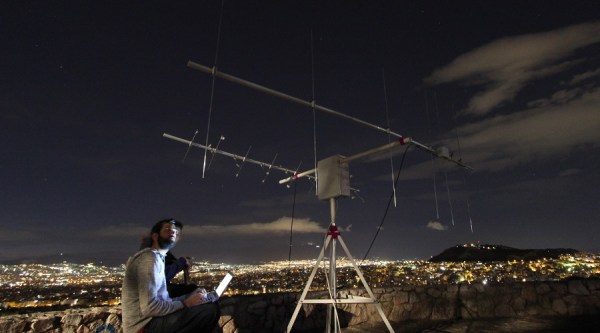

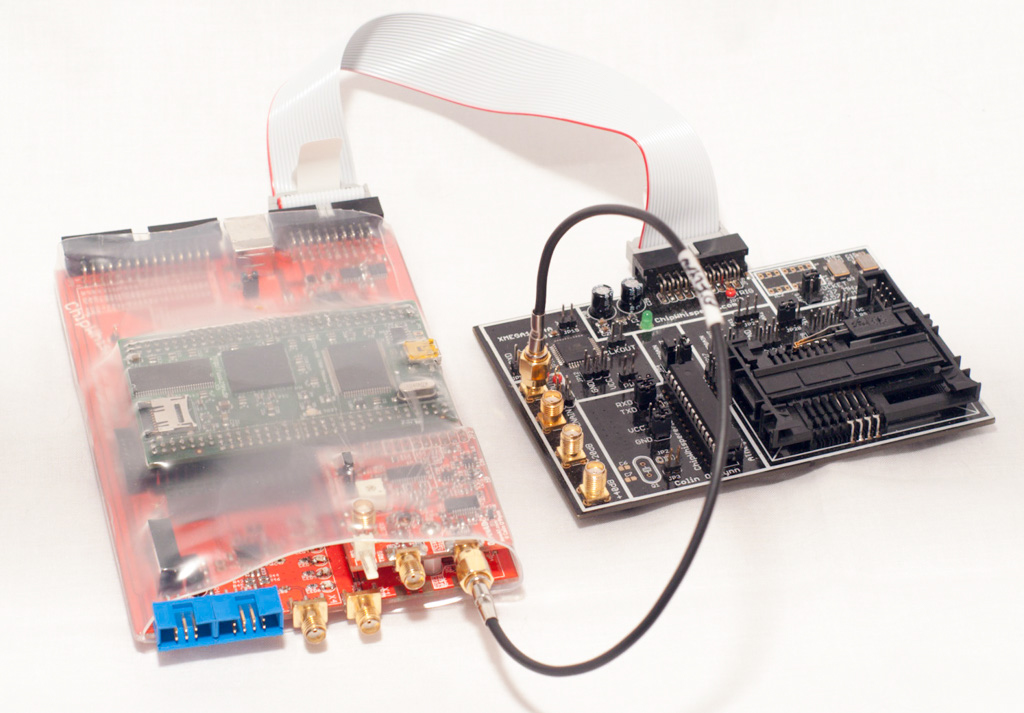
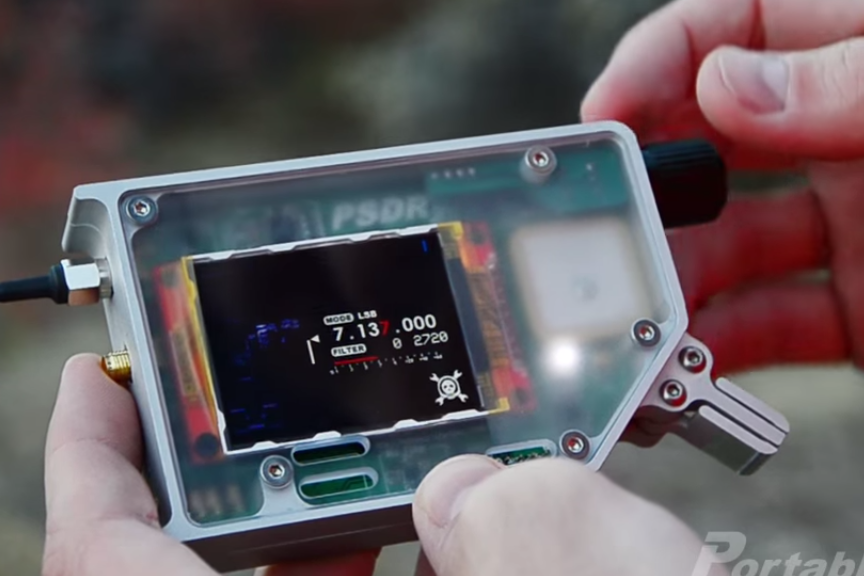
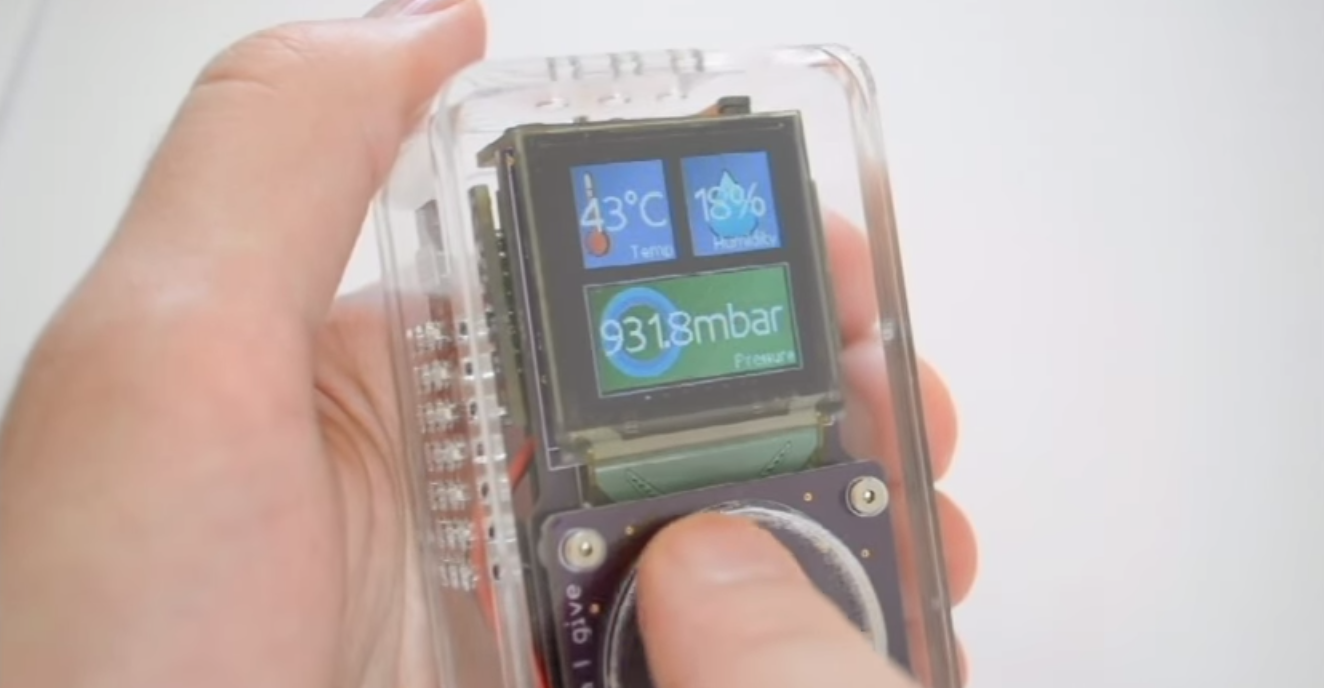
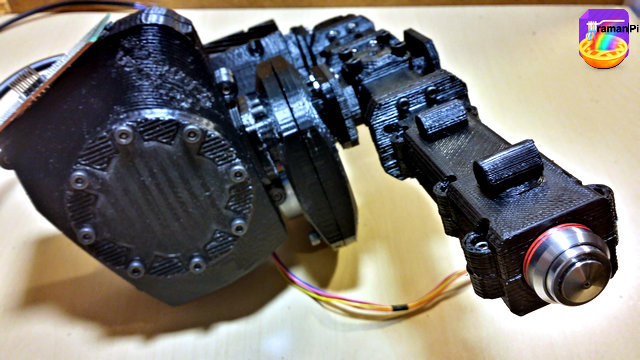




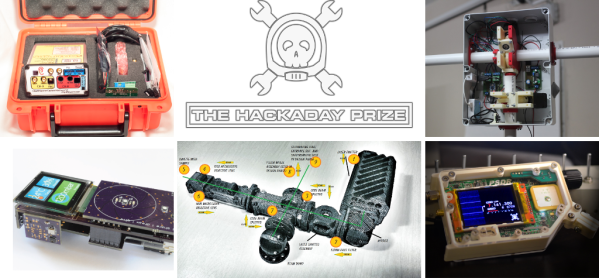


 In honor of DEFCON, this week we’re looking at some cryptography and reverse engineering projects over at Hackaday.io
In honor of DEFCON, this week we’re looking at some cryptography and reverse engineering projects over at Hackaday.io 